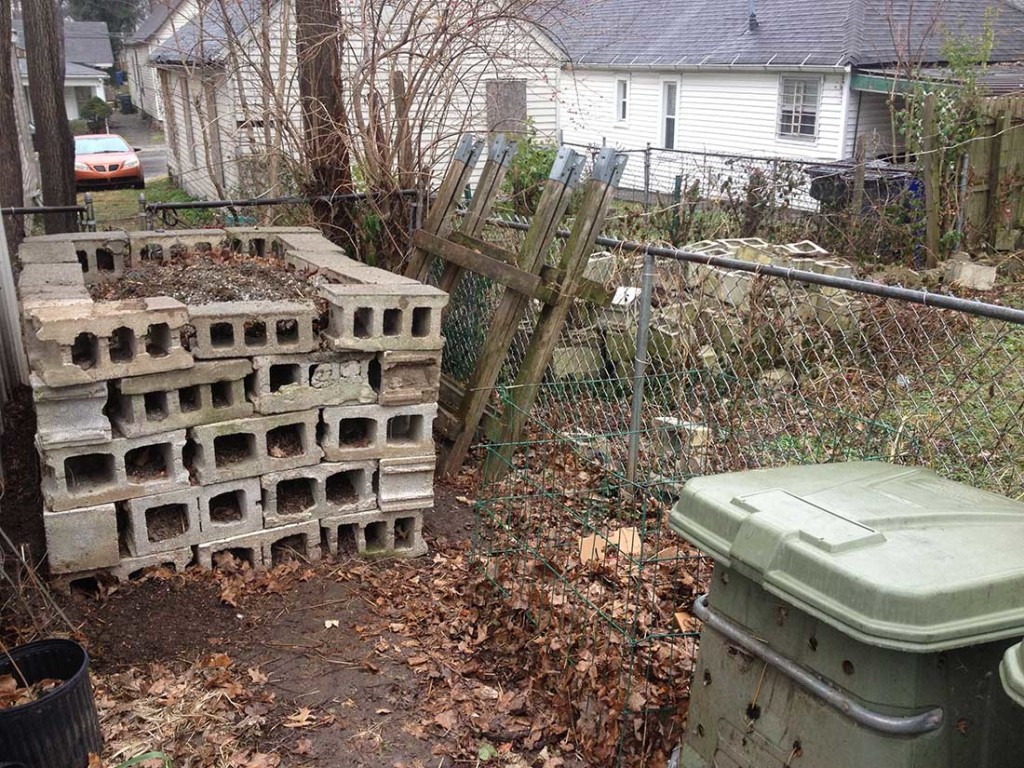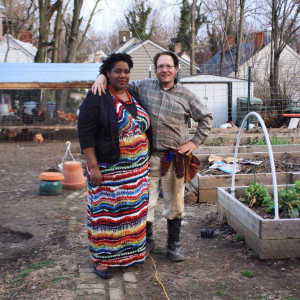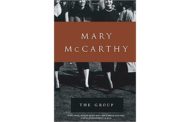AMOS FARM: Compost II
by Christian Torp
I said we had to work on the environment because it is now or never. If you look ahead 10 years, you project population growth, car growth, and that means, of course, smog growth, water pollution, and the rest. An area like this will be unfit for living; New York will be, Philadelphia, and, of course, 75 percent of the people will be living in areas like this. So unless we start moving on it now — there is a lead time — unless we move on it now, believe me, we will not have an opportunity to do it later.
Richard Nixon, remarks on signing the National Environmental Policy Act of 1969, January 1, 1970
Following up on last month, now that you’ve got your composter you only need five more things: carbon, nitrogen, moisture, oxygen and heat.
The key to effective composting is to balance the microbial food, water and oxygen in the pile to favor the growth of thermophilic (heat-loving) microorganisms.
Carbon (C): also known in gardening circles as “brown” material. It includes things like sawdust, dried leaves and so on.
Nitrogen (N): known in gardening circles as “green” material. This group would include things like grass clippings and kitchen refuse.
Now for the trick, the ideal ratio of C:N materials is 20-31:1, BUT, nothing you’re composting is 100% of either, they’re always a mix of both, i.e. foods scraps are about 15:1, vegetable trimmings 25:1 and 2 month old sawdust 625:1. What does this mean? It means that you’ll need to get a feel for the proper ratios but you’re always looking to mix your C and N sources when adding compost, whether that’s sawdust or last year’s fallen leaves that you’ve stockpiled and kept dry (mostly) that’s up to you. I just make sure to add some carbon when I’m adding kitchen scraps and bury all meat type additions in a carbon source, that also cuts down on any smell. Layering not only isn’t necessary, it’s less effective that a more complete mixing.
If you want to get real heavy into the science of composting here’s an excellent site, there’s also a link for a large table of typical C:N ratios of different materials: http://compost.css.cornell.edu/.
Moisture: Microbes need moisture to live, but they also need oxygen and too much moisture displaces oxygen and can result in anaerobic (a.k.a. smelly) decomposition. Take a handful of your compost, if you can barely squeeze out a drop of moisture the ratio is ideal, dry is obvious, as is soggy.
Oxygen: Turn your pile, mix your pile, don’t pack it down, don’t compost in a container without a way for air to enter, turn turn turn.
Heat: The microbes do this for you. Ideally, your pile should be between 110° and 160°, optimally at 135° to 140°, temperatures greater than 160° will kill beneficial microbes and need be prevented. This is not something I worry about but a healthy pile should feel hot and steam when you’re turning it. If you’re real interested check out a compost thermometer.
Sizing: your compost pile needs be of a size wherein it’s large enough to obtain and maintain a suitable temperature for decomposition but small enough to allow air flow throughout the pile; that’s between 3’x3’x3’ and 5’x5’x5’.
Management: The difference between a fast, sweet smelling, weed and pathogen killing hot compost pile and one that takes years to finish and includes whatever diseases and weed seeds were present in the composted material is in how it’s managed. All the factors here mentioned need to be maintained as the whole process can stop if any one of them’s off. Moreover, turn the compost as often as you can.
I have found two systems that work well:
The cheapest and simplest is a system in which the composter is opened and the compost is turned by shovel, either by removing a side of the compost bin and turning it or lifting the compost container from the compost, setting it beside the remaining pile and shoveling it back into the bin.
The easiest and most effective way I’ve found is with a tool known as a compost aerator of which there are several on the market. It allows one to screw the tool into the compost bin or pile and pull it up and out, thereby mixing the compost and aerating it simultaneously.
The Amos Farm method.
I compost nearly everything, both animal and plant refuse and waste (including non-pet manure) although I bury animal remnants and carcasses to minimize pest problems.
Secondly, I have a ready carbon supply beside my compost bins (sawdust or dried leaves) that I add in roughly equal proportion to any compost I’m adding. I then regularly turn the piles using a Lotech Products Compost Crank.
Finally, when a bin is full I let it “cook” until it is both finished and at a proper time in the growing season for the addition of compost, i.e. preparation of a new bed in the early spring, mulching during the growing season, weed suppression and covering using cardboard that is then covered with compost in the fall.
Decomposition significantly reduces the volume of the compost as it occurs. A composter may only be one-third to half full by the time it is finished. Do not add more compost to it. What you are adding will not be ready at the time the bulk of the material is. Also, decomposition makes plant nutrients unavailable as that are being utilized by microbes for decomposition, therefore the addition of unfinished compost can actually stunt your garden — although I feel that the long term benefits of compost always outweigh any short term ill effects.
Finally, nitrogen is water soluble, it’s a good idea to have a lid on your composter so that you can add only water that the pile needs, no more.
—
Christian L. Torp is an attorney, missionary, activist, urban-farmer and advocate for social change who lives at Justice House (Facebook: Justice House) with his wife, Tanya in Lexington, KY. If you have any questions or comments for Christian, or there’s something you’d like to know more about, please reach out to him at theamosfarm@gmail.com.







